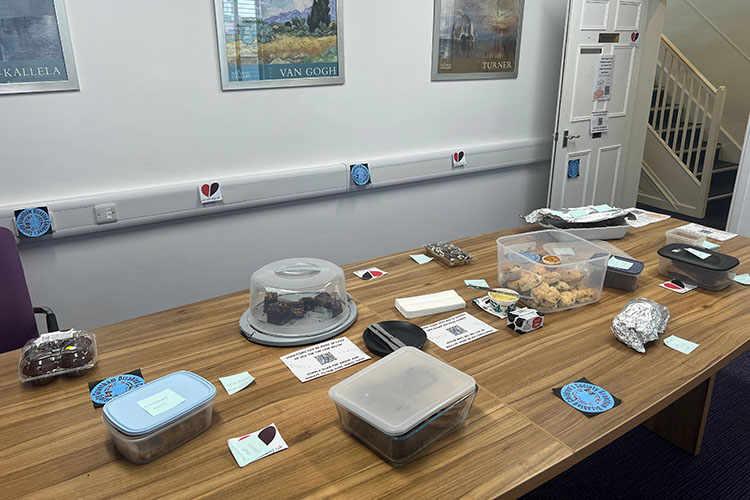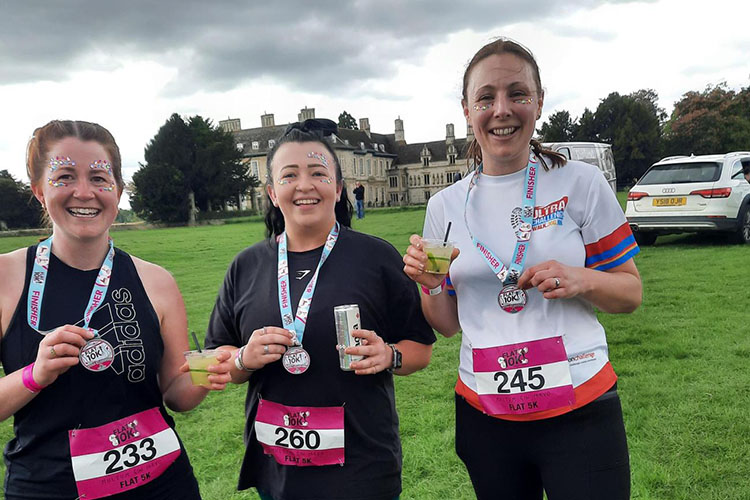2017-2018 Money Tips: Getting The Best Deal From Your Allowances (Part I)
With April 5th soon approaching, our clients in Nottingham and further afield have been asking us (their financial advisers) about how to take advantage of any potential tax reliefs or allowances. Whilst the markets and world economy may be shifting, and seem beyond our influence, this aspect of our financial future is one place where we can exert some control.
Individual Savings Accounts (ISAs)
Always a good place to start. ISAs underwent some changes in the 2017/2018 tax year, with the limit raised to £20,000. This is currently set to hold at this amount in the 2018/2019 tax year. This effectively allows you to shield up to £20K from income tax and capital gains tax.
Remember, your children are also entitled to a Junior ISA (JISA). At present, the limit for Child Trust Funds (the forerunner to JISAs) and JISAs is £4,128 (set to rise to £4,260 in April 2018, following inflation). Their JISA (of CTF) turns into an Adult ISA once your child reaches 18 years of age, during which time it remains tax-free. Transfers from CTFs to JISAs are allowable, however, the CTF must be closed and the funds transferred direct from the CTF provider to the JISA provider. This may offer a wider range of investments or higher interest rates if invested in cash.
Personal Allowance
As financial advisers in Nottingham, this is a crucial area we consider when advising clients on maximising their allowances. Currently, the tax-free personal allowance stands at £11,500 per year. At the higher rate, the figure stands at £45,000.
To minimise tax ensure assets and income are split (where possible) between married couples and civil partners (and other couples where appropriate) in the most tax effective way to enable maximum use of personal allowances and/or to reduce or eliminate Child Benefit Charge and possibly to move income into a lower tax band (e.g. if one party pays tax at a lower rate than the other).
From April 2018, these figures will rise respectively to £11,850 and £46,350. This increase is currently following the government’s policy to push these higher in the future, up to £12,500 and £50,000 by 2020.
Also, bear in mind that the Marriage Allowance is also going up this year by £35, to £1,185 for 2018/2019. This allows 10% (no more, no less) of the personal allowance to be given by one spouse/civil partner to the other where the giver is a non-taxpayer and the receiver pays tax at no more than basic rate.
Personal savings allowance and payments from Open Ended Investment Companies (OEIC)/Unit Trusts (UT) interest gross
Alongside the introduction of the tax-free Personal Savings Allowance (PSA) from April 2016, banks, building societies and NS&I ceased to deduct tax from account interest they pay to customers. This is has been extended to authorised unit trusts and OEICs from 6th April 2017 so that any investor in an interest-paying OEIC/UT will receive gross interest payments from then on. If such income is fully within their PSA (basic rate taxpayers £1,000 and higher rate taxpayers £500) there will be no tax to pay.
Capital Gains
Be careful not to overlook this one.
Consider realising gains (or losses to reduce gains to the level of the Capital Gains Tax (CGT) annual exempt amount) before the tax year end in order to make use of the CGT annual exempt amount (£11,300 per person this year – the figure for 2018/19 will be £11,700).
Both husband and wife have their own CGT annual exemption so ensure assets are held in such a way as to maximise use of both allowances and make maximum use of the basic rate band (meaning gains are taxed at 10% instead of 20% (18% and 28% for taxable gains on residential property)). Assets can be transferred between spouses on a no-gain no-loss basis in order to make use of both exemptions/basic rate bands or to offset one spouse’s loss against the other’s gain (transfers must be outright and unconditional).
Growth investments: if investments such as growth unit trusts/OEICs are used and shared where possible between both members of a married couple/civil partnership then tax free ‘income’ can effectively be received by withdrawing gains within the annual CGT allowance.
The CGT allowance cannot be carried forward if unused in a tax year. If a substantial gain can be spread, consider realising some this tax year and next in order to make use of 2 sets of CGT allowances (or 4 if jointly owned with a spouse/civil partner). If a gain cannot be spread, consider deferring the disposal until the new tax year which will mean any CGT due will not be payable until 31st January 2019.
Although “bed and breakfasting” no longer works, there are alternatives to consider such as:
Bed and ISA, e.g. sell shares and have them repurchased within an ISA
Bed and SIPP, e.g. similar to above but with the benefit of tax relief on the contribution
Bed and spouse – one spouse sells and the other buys back (although one cannot sell directly to the other – the two transactions must be separate)
Sell one asset or fund and repurchase a very similar asset or fund
Tax and legal advice is not regulated by the Financial Conduct Authority (FCA). The tax treatment of investment products, tax levels and reliefs can depend on an individual’s circumstances and can change. This article is for information purposes only and does not constitute financial advice which should be sought before any action taken. The value of investments and the income from them can fall as well as rise and is not guaranteed which means you could get back less than you invest. Past performance is not a guide to future performance.












